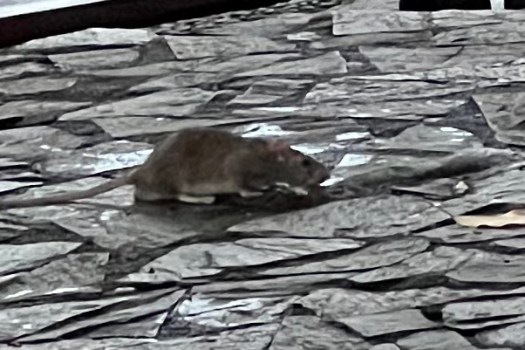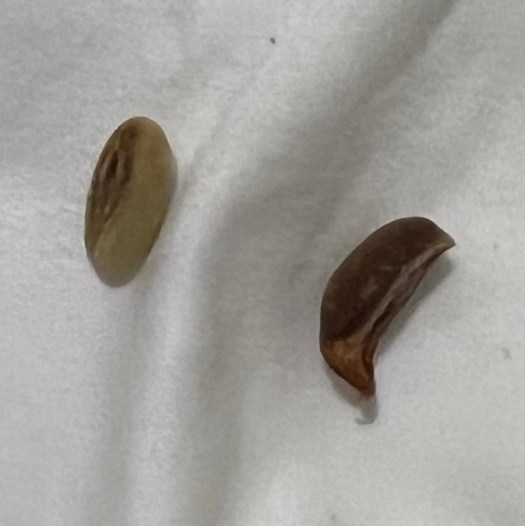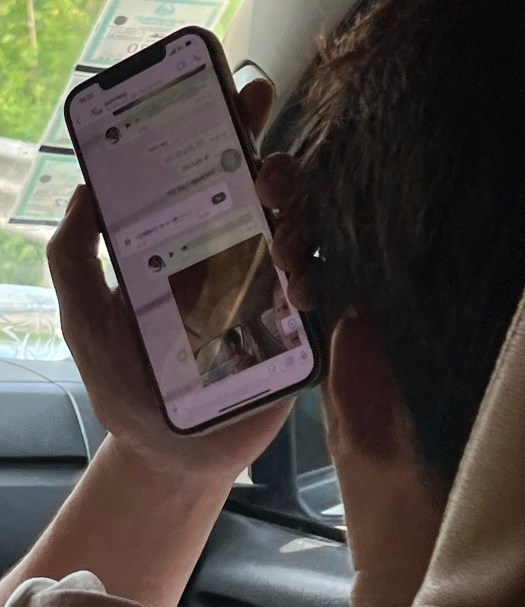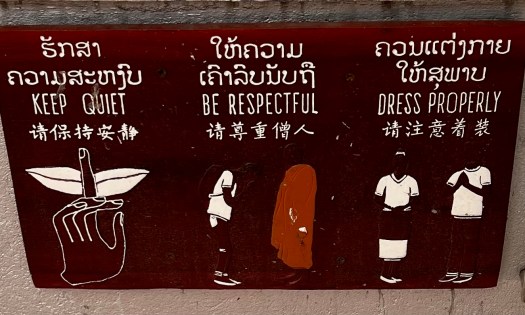
Since I’ve been most recently traveling in Thailand and Laos, my perceptions of Vietnam is heavily influenced by those two places.

In general, I heard from several people that Ho Chi Minh City (Saigon) was a wild place with motorcycles riding all over the place and a little bit crazy. While i found the “wildness” to be very much the opposite, since it seem much better organized, cleaner, and, much better maintained than I had expected, the craziness of the traffic was some thing that surprised me a little.

Infrastructure – roads and public areas as well as cities, sidewalks and public facilities, seem to be much better organized than in Laos, and better organized and easier to access than in Thailand, so I was very impressed. Having been to several cities, I found the infrastructure to be extremely good.

Traffic – there seem to be 10 times more motorcycles than there are cars which is very different than Thailand since everyone in Thailand wants to have a big truck or SUV. Here in Vietnam it seems people are probably very frugal and are saving their money for some business venture or the future, and have opted to stick to motorcycles for daily transport. There’s a benefit to this. If there were as many cars per motorcycle in Vietnam as there are in Thailand, I’m not sure the traffic would really move at all. as for traffic lights it doesn’t seem there are many and there are many roundabouts. So it seems the aim of traffic regulators is to just keep vehicles moving and that seems to be the case. The problem is, even though there are designated road crossings for pedestrians, there are almost no stoplights so people have to walk in between the oncoming traffic which isbe a very dangerous thing to do, but it is some thing people just live with. The cars make their way around the people as do the motorcycles, and the people make their way around the cars and motorcycles as the vehicles honk their horns at the pedestrians. Maybe that’s part of the “wildness“ people were trying to explain. be very careful.

Hotels – in general the hotels seem to be slightly more expensive than Thailand, but are generally very clean and well-maintained so you get what you pay for. For the price I am kind of impressed with the quality. One thing they have not improved from Thailand is they insist on putting slick tile in bathroom areas which is very dangerous. So if you visit Vietnam be careful and sure footed. The beds seem to be much more comfortable, softer than Thailand and Laos. The service provided by the staff is something that’s a little bit more difficult for me to comment on because while I can speak a little Thai and get by and communicate, I don’t know any Vietnamese, and it seems there are very few Hotels below the four-star level that have any language capability beyond Vietnamese. In general you can get things done, but it is often extremely difficult to expect assistance getting any kind of transport beyond a nearby taxi. Expecting any kind of concierge service is unreasonable. As for four-star hotels, they are really more like 3.5 Star.

Most of the hotels we stayed in seem to be extremely interested in the reviews we might leave on the booking services or Google maps. I never found this interest in any other country. They seem to be very sensitive about what people say about their hotel. One hotel found a driver for us to another place while it was raining And the fee, not negotiated before hand, was completely unreasonable so I wrote that comment on the hotel’s booking company review page. The shift manager came to our new hotel and explained they read that comment and had called the taxi company to come and refund the unreasonable fee, which they did. the hotel then asked if we could remove the negative comment, which I did since the taxi company was not related to the hotel and the hotel was very helpful getting a 100% refund from the taxi company.

transportation – Grab (similar to Uber) and other convenient bus and transport services are available. It seems transportation is pretty easy if you don’t have a car or motorcycle to rent. But the one thing to watch out for is the Taxi scam. While we got in the taxi from the airport, I was reading about the scam, and it happened just as I was reading the article. I looked away from the meter for about one minute and the taxi fare jumped up 70%. I mentioned this out loud, pointed to the meter and the driver just laughed. He charged us almost 3 times what it should cost to get from the airport to the hotel. make sure to negotiate the price before you get into a taxi or make sure it’s a reputable taxi (I have no recommendations since the rest of our trip we tried to use Grab as much as possible, which worked extremely well). the longer distance buses are OK and most have sleeper type accommodations and are fairly reasonably priced. Vietjet has some very reasonably priced airfares and seems to be a good way to get from further away places.

Food – most of the restaurants seem to be noodles, very simple food or coffee shops. My impression is that coffee shops outnumber restaurants. It seems people are stopping by to eat to get something quick and then go do something. People here seem to be very energetic, but not really fascinated by the idea of having really nice delicious food and eating over a period of time. I don’t see many people drinking alcoholic beverages or smoking. Most people seem to be doing something productive or interested in doing something. Compared to Thailand and Laos the Vietnamese people are probably more interested in making money and creating businesses. that means restaurants cater to that cultural desire to eat and run. Of course, there are also many sandwich Restaurants that serve ban mi (bread with some thing on it). EAT AND RUN!

Buying things – while in Thailand and Laos, you see many people happy to attend to you in their shops and restaurants whether you buy something or not. I don’t see that same attitude in Vietnam. People seem very happy to welcome you in but if you want to disagree about the price or you just check out, people just turn away from you and that’s the end of the interaction and no interest in you after that. When you try to negotiate prices after receiving a service such as a nonnegotiated taxi ride, most people seem to be very irritated and aggressive. so, in general, people are very happy to have you buy a service from them but once you do it’s best you just leave without comment.

Scams – a few people mentioned there are various ways people in Vietnam are very good at getting money they don’t deserve from visitors. Our only experience with that so far is with taxis. But we are being very careful and paying attention to all the different ways we can avoid problems with people.

























































































































































































































